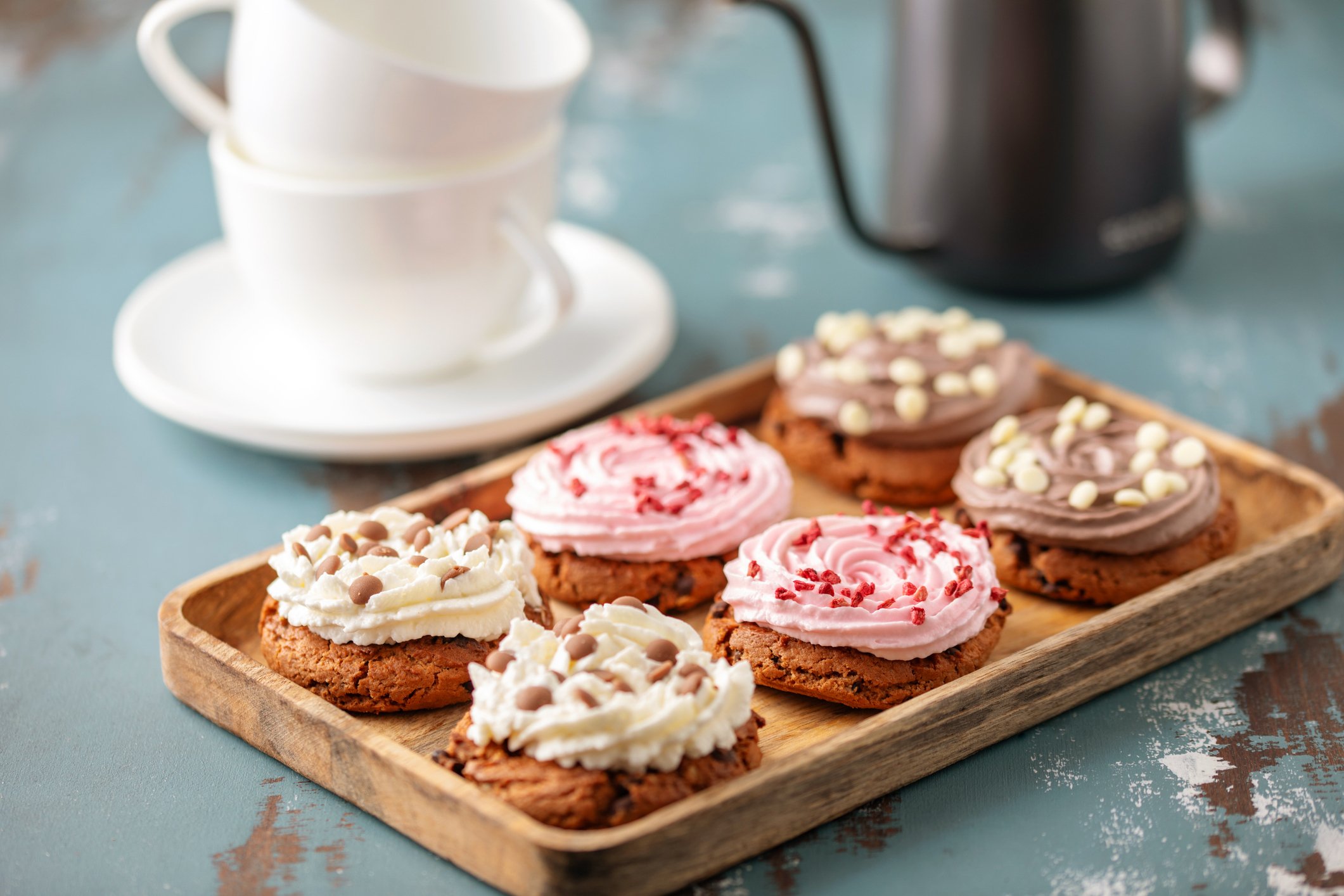It may be trending, but that doesn’t mean it’s healthy
In a world driven by social media and viral trends, it's easy to see why teens flock to eye-catching, over-the-top snacks like energy drinks, Crumbl Cookies, and the One Chip Challenge. However, these ultra-popular foods aren’t just snacks anymore; they’re a part of youth culture. But beneath their hype lies a growing concern for health professionals and parents alike. While trying something new can be fun, it's worth examining the potential risks of these trendy foods before you take a bite (or sip).
Why this matters?
Social media rewards extremes: the biggest, the spiciest, the most outrageous. This incentivizes companies to push boundaries without fully considering consumer health. According to a recent study, Gen Z is more likely to seek health advice and health-related questions on Tik Tok than others sources.
There’s a need to foster a more informed and critical approach to viral food trends. That doesn’t mean never indulging, but it does mean understanding what we’re putting into our bodies and the risks that come with it. Trendy diets often lack scientific backing, especially for younger audiences like teens. If previous generations had health-related questions, they would consult their doctor.
What’s the risk?
While eating a six-pack of specialty cookies may not feel like a big deal in the moment, it could be causing more harm in the long run. A single cookie can contain 600–1,000+ calories, more than 50 grams of sugar (that’s more than double the recommended daily limit for teens), and high levels of saturated fat, all of which contribute to elevated cholesterol and long-term heart health risks.
Spicy snacks are loaded with sodium, artificial coloring, and processed fats, which can irritate the stomach lining, trigger acid reflux, and even lead to ER visits in severe cases. They're also linked to inflammation and gut health issues. Similarly, energy drinks often contain 200–300 mg of caffeine per can (more than a double espresso) along with high amounts of sugar and stimulants that can raise blood pressure, disrupt sleep, and heighten anxiety.
Not just physical but mental health
Not every food trend on social media is all about eating food that is nutritionally bad for you. It can also show what an unhealthy relationship with healthy food looks like as well. Watching “What I ate in a day” videos may seem harmless at first, but they can be surprisingly harmful to teens and young adults. Most of the videos often present highly curated, unrealistic eating habits that do not reflect individual needs or proper nutrition. Viewers may feel pressured to mimic restrictive diets, under-eating, or excessive "clean eating," which can lead to disordered eating patterns, body image issues, and nutritional deficiencies.
What parents and teens can do
- Read nutrition labels: Don’t be fooled by “cool” branding. Check for calories, sugar, and fat.
- Practice moderation: Indulging in a sweet treat here and there is not the issue. It’s how often and how much.
- Promote balanced alternatives: Think homemade versions with less sugar or smaller portion sizes.
- Talk about food literacy: Understanding what’s in your food can empower better choices.
While trendy snacks and viral food challenges might seem fun and harmless in the moment, it's important for kids and teens to understand that the short-term excitement often comes with long-term health risks. From sky-high sugar and caffeine levels to dangerous stunts that send people to the ER, these trends can do real damage. For teens what seems like an innocent snack can add up to real health risks over time. The key isn’t banning these treats but being aware, setting limits, and making informed choices. In a world that thrives on going viral, let’s make health and balance the next big trend.
If you’re a Mass General Brigham Health Plan member, learn more about our wellness programs or talk with a health coach.
